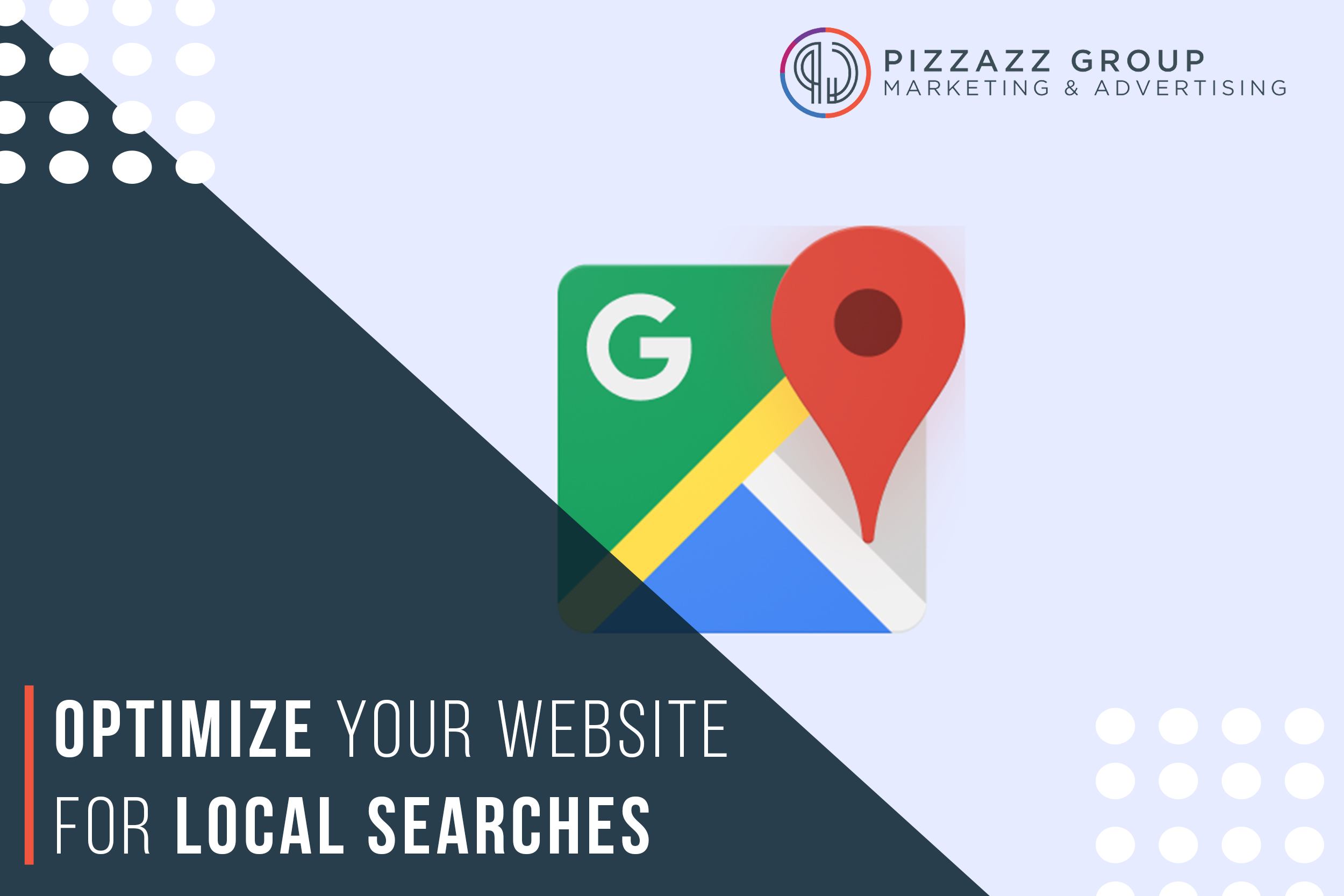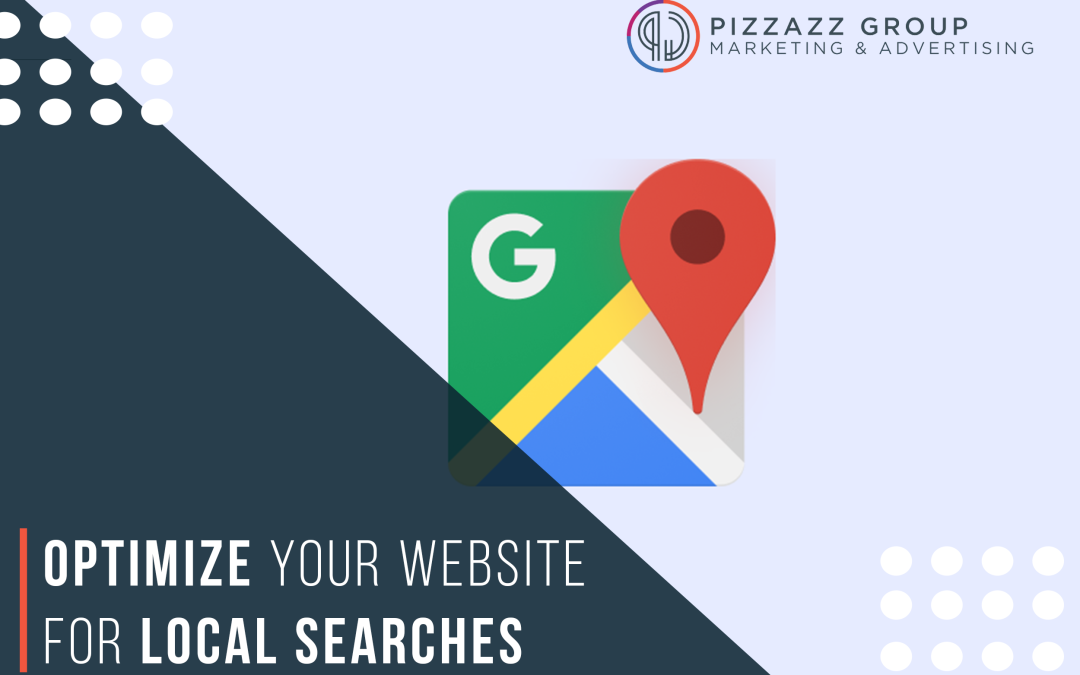
Understanding Local SEO
Understanding Local SEO

Key Components of Local SEO
To effectively optimize your website for local searches, you need to focus on several key components:
1. Google My Business (GMB)
2. Local Keywords
3. On-Page SEO
4. Local Citations
5. Reviews and Ratings
6. Mobile Optimization
7. Local Link Building
8. Content Marketing
1. Google My Business (GMB)
How to Optimize Your GMB Listing:
• Complete Your Profile: Fill out all the information in your GMB profile, including business name, address, phone number, website, business hours, and category.
• Add Photos and Videos: Upload high-quality photos and videos of your business, products, and services to make your listing more engaging.
• Accurate Information: Ensure that your business information is accurate and consistent across all online platforms.
• Business Description: Write a compelling business description that includes relevant keywords.
• Regular Updates: Keep your GMB profile updated with new posts, offers, and announcements.
2. Local Keywords
How to Find Local Keywords:
• Local Modifiers: Use location-specific modifiers like city names, neighborhoods, or “near me” in your keywords. For example, “Chicago bakery” or “plumbers in Austin.”
• Keyword Research Tools: Use tools like Google Keyword Planner, Ahrefs, or SEMrush to find local keywords with good search volume and low competition.
• Competitor Analysis: Analyze the keywords your local competitors are ranking for and incorporate them into your strategy.
Implementing Local Keywords:
• Title Tags and Meta Descriptions: Include local keywords in your title tags and meta descriptions to improve click-through rates.
• Headers and Content: Use local keywords naturally in your headers (H1, H2, H3) and throughout your content.
• URL Structure: If possible, include local keywords in your URL slugs.
3. On-Page SEO
Key On-Page SEO Elements for Local SEO:
• NAP Consistency: Ensure your business Name, Address, and Phone number (NAP) are consistent across your website and all online listings.
• Local Schema Markup: Use local schema markup to provide search engines with detailed information about your business, such as address, phone number, business hours, and reviews.
• Location Pages: Create dedicated location pages for each of your business locations, providing detailed information about each one.
• Content Optimization: Write content that addresses local interests and includes local keywords naturally. For example, blog posts about local events, news, or guides.
4. Local Citations
How to Build Local Citations:
• Submit to Directories: Submit your business to reputable local business directories like Yelp, Yellow Pages, and TripAdvisor.
• Consistent NAP: Ensure that your NAP information is accurate and consistent across all citations.
• Industry-Specific Directories: List your business in industry-specific directories relevant to your niche.
• Local Blogs and Websites: Get mentioned on local blogs, news sites, and community websites.
5. Reviews and Ratings
How to Encourage Reviews:
• Ask for Reviews: Encourage satisfied customers to leave reviews on your GMB listing and other review platforms.
• Respond to Reviews: Respond promptly and professionally to both positive and negative reviews to show that you value customer feedback.
• Use Review Widgets: Embed review widgets on your website to showcase positive reviews and make it easy for customers to leave new ones.
6. Mobile Optimization
Tips for Mobile Optimization:
• Responsive Design: Use a responsive design that adapts to different screen sizes and devices.
• Fast Loading Speed: Optimize your website’s loading speed by compressing images, minimizing code, and leveraging browser caching.
• Easy Navigation: Ensure your site is easy to navigate on mobile devices with clear menus, buttons, and touch-friendly elements.
• Mobile-Friendly Content: Format your content for mobile readers by using shorter paragraphs, bullet points, and larger fonts.
7. Local Link Building
Strategies for Local Link Building:
• Local Sponsorships: Sponsor local events, charities, or sports teams and get links from their websites.
• Local Partnerships: Partner with local businesses and organizations for cross-promotion and link exchanges.
• Local Media Coverage: Get featured in local news stories, press releases, and media websites.
• Guest Blogging: Write guest posts for local blogs and websites in your industry.
8. Content Marketing
Ideas for Local Content:
• Local Guides: Write comprehensive guides about local attractions, events, or services.
• Case Studies: Showcase case studies and success stories of local customers.
• Local News: Cover local news and events related to your industry.
• How-To Articles: Create how-to articles that address local problems or needs.
Monitoring and Measuring Local SEO Performance
• Local Search Rankings: Monitor your rankings for local keywords and track changes over time.
• Organic Traffic: Measure the volume of organic traffic coming from local searches.
• Google My Business Insights: Use GMB insights to track views, clicks, and engagement with your listing.
• Conversions: Track conversions from local searches, such as phone calls, form submissions, and in-store visits.
Conclusion
For more information on SEO, contact Pizzazz Group at customer@pizzazzgroup.com or by calling (614) 350-1681.
Related SEO Blogs
Best Practices To Boost Your SEO Ranking
Achieving and maintaining a high search engine ranking is the name of the game for online success. Effective Search Engine Optimization (SEO) can drive organic traffic, improve visibility, and enhance the credibility of your website. This comprehensive guide outlines...
The Role of SEO Backlinks
Backlinks are often touted as one of the most crucial elements for boosting a website's search engine ranking. Understanding the role of SEO backlinks can be a game-changer for anyone looking to enhance their online presence. This blog gives an introduction to...
Technical SEO: What You Need to Know
Technical SEO encompasses all the optimizations made to a website and its server that help search engine spiders crawl and index your site more effectively. Technical SEO is crucial because no matter how great your content is, if search engines can't access your site,...





